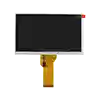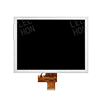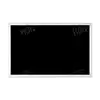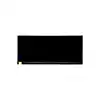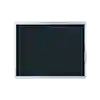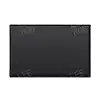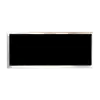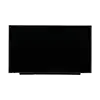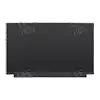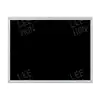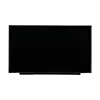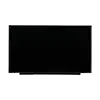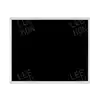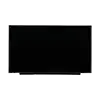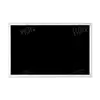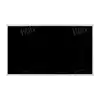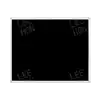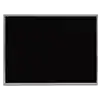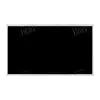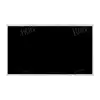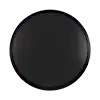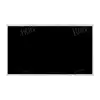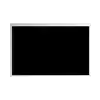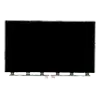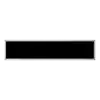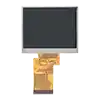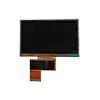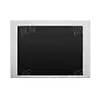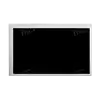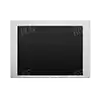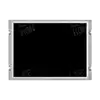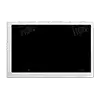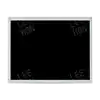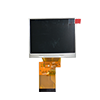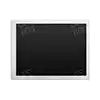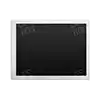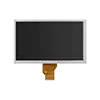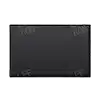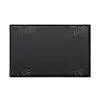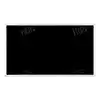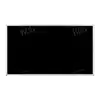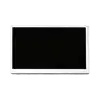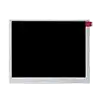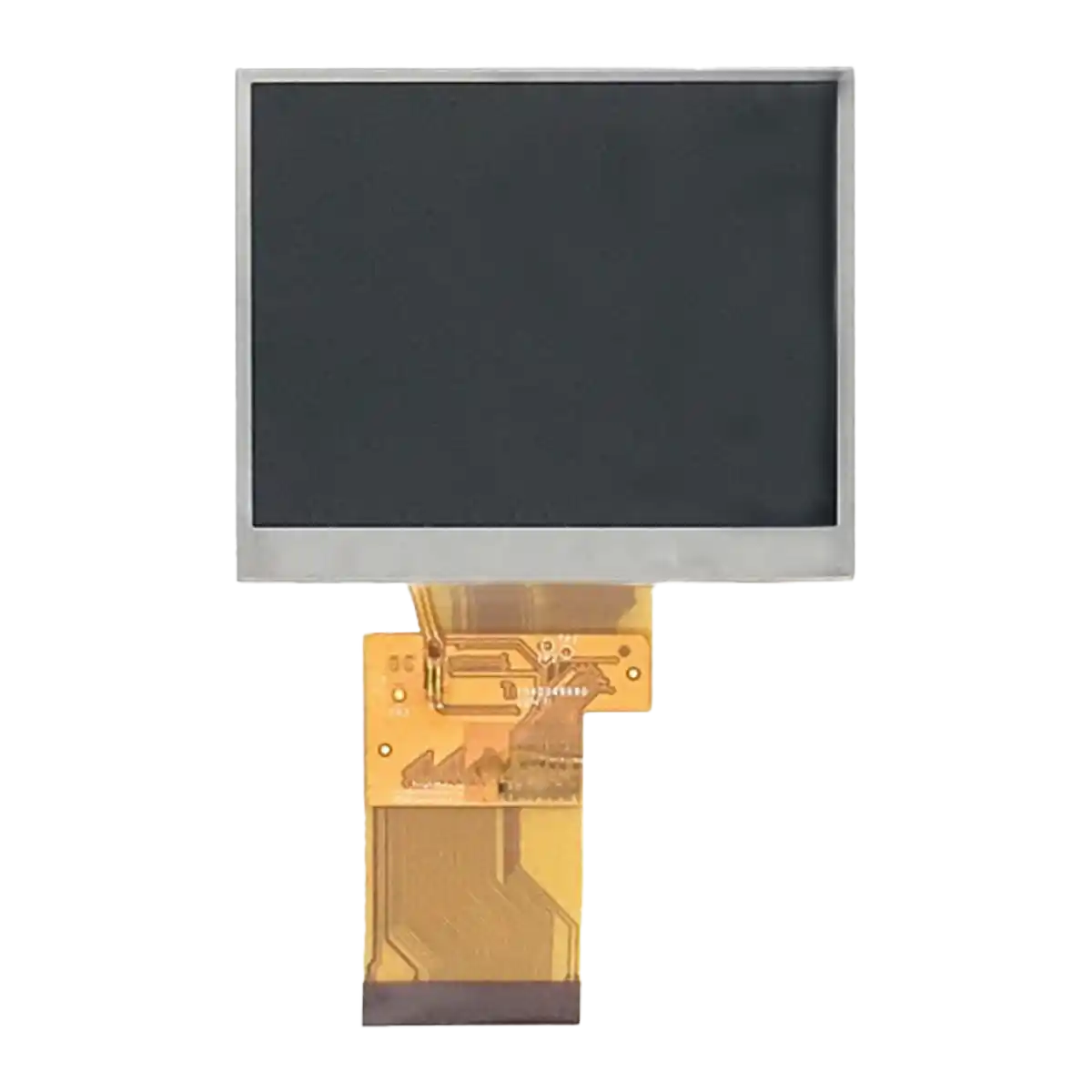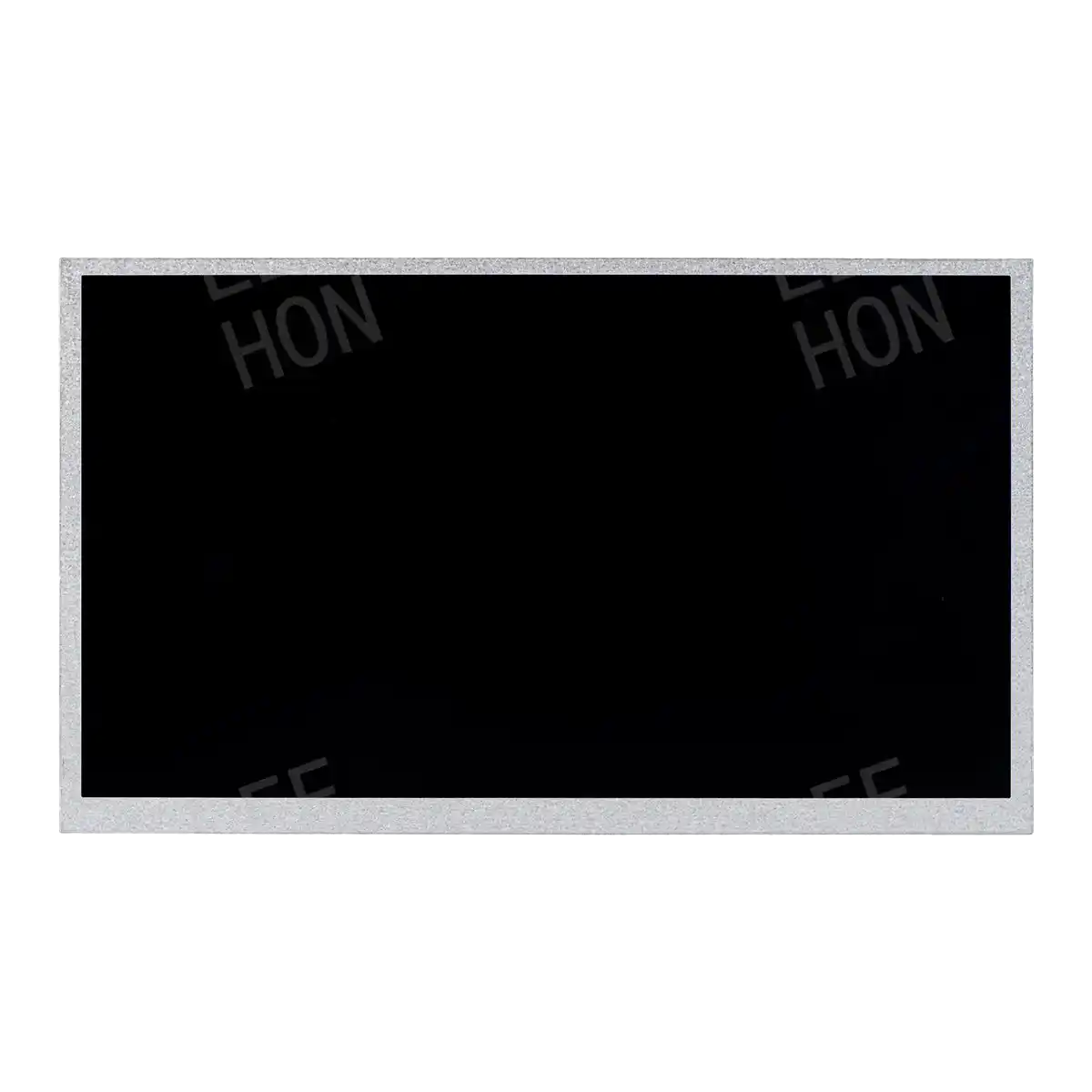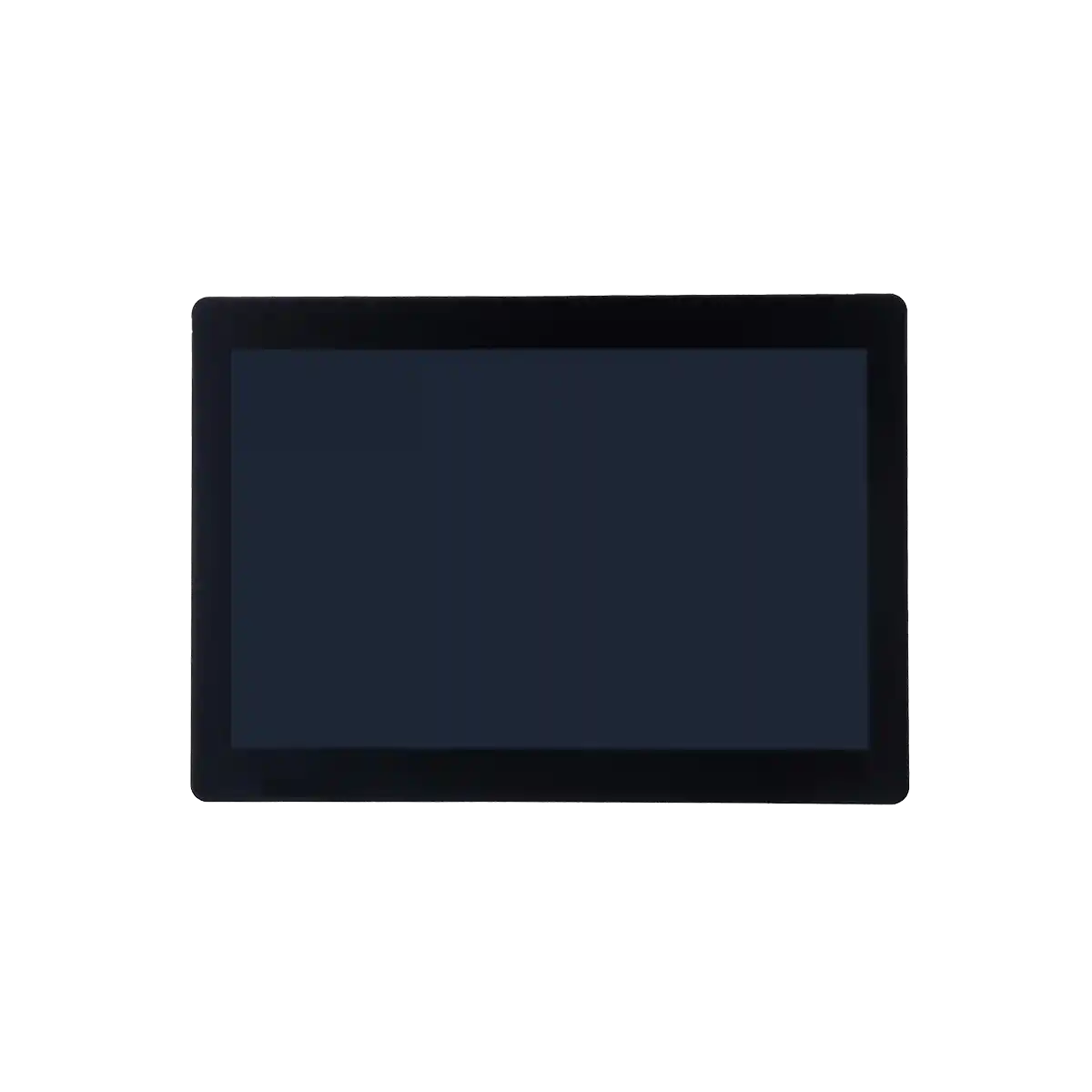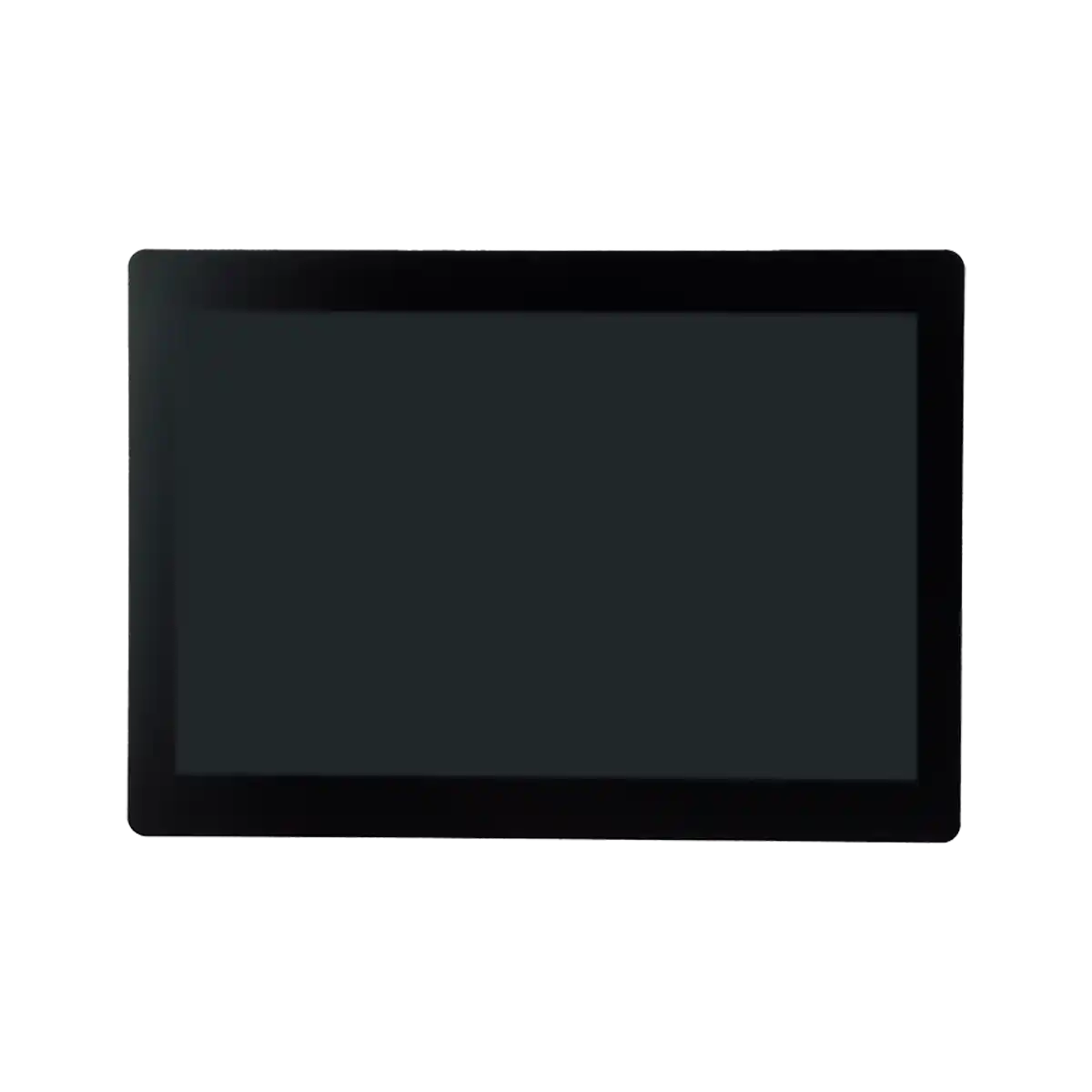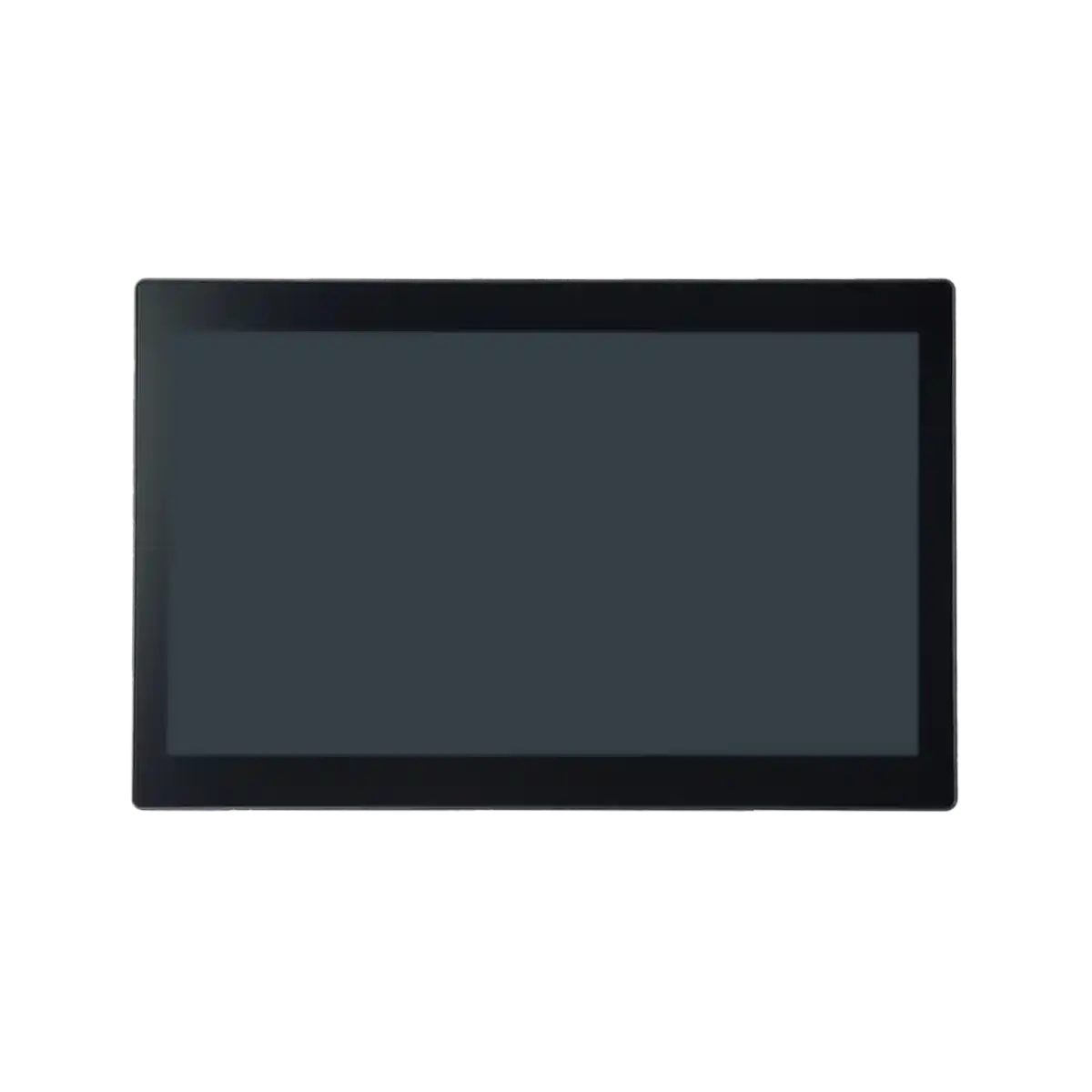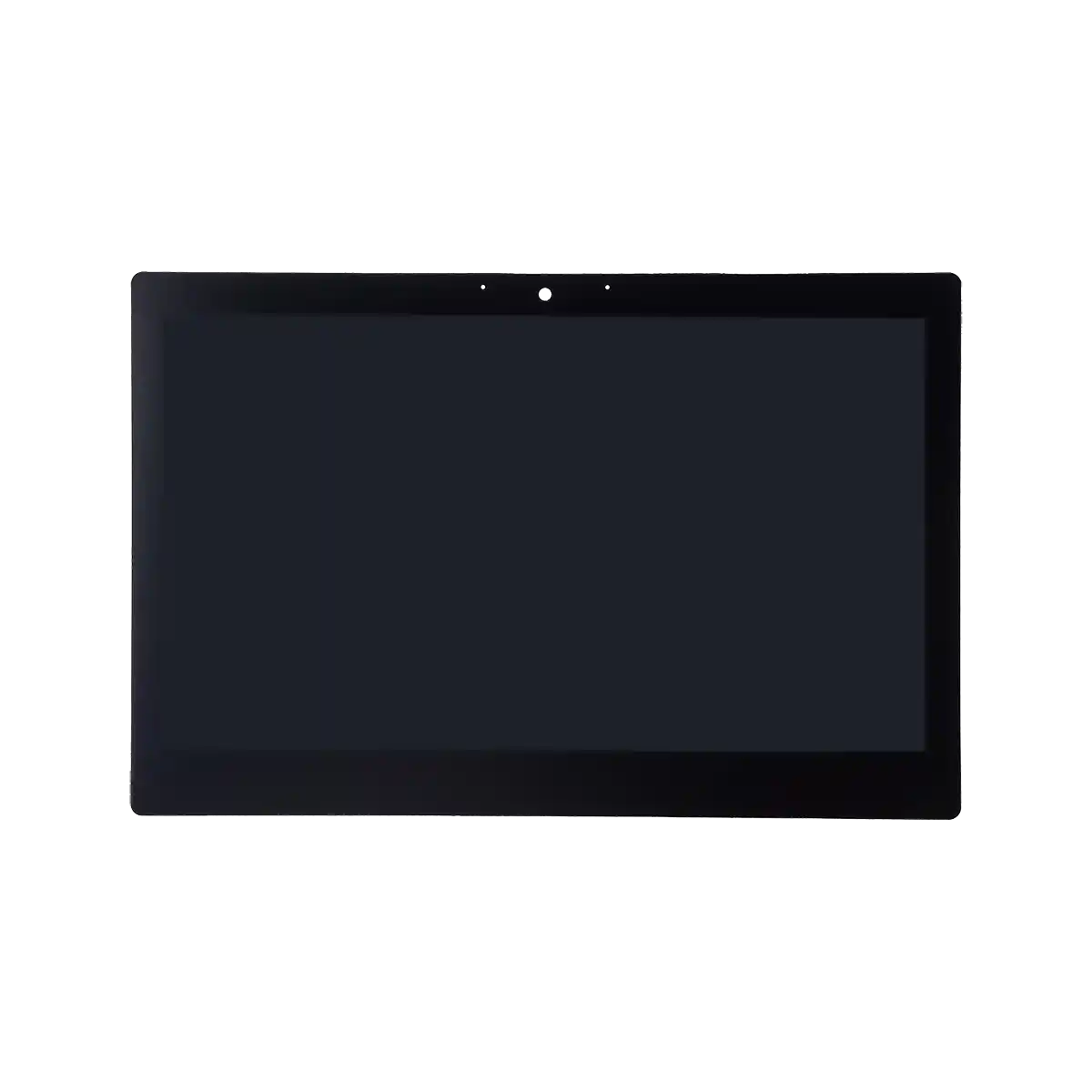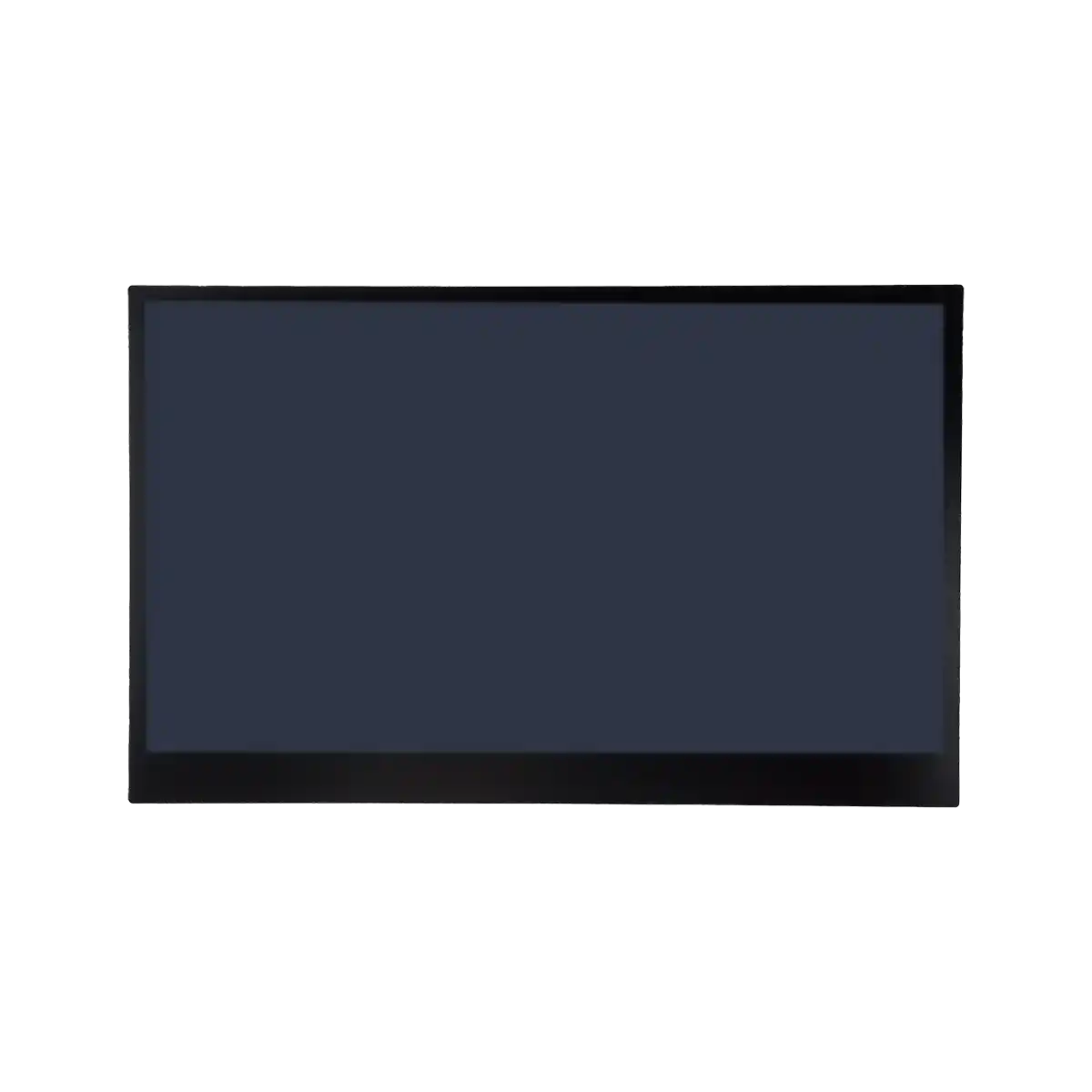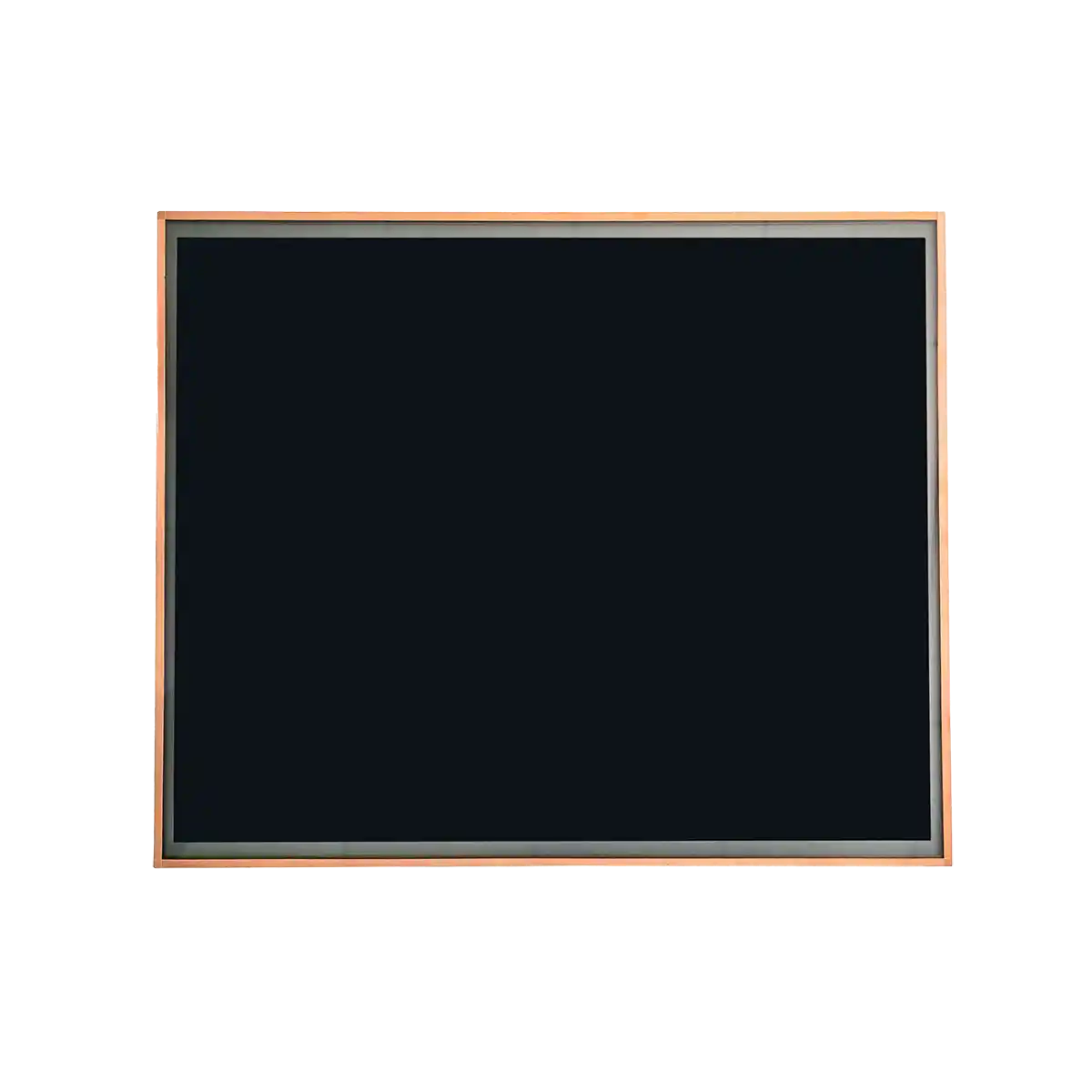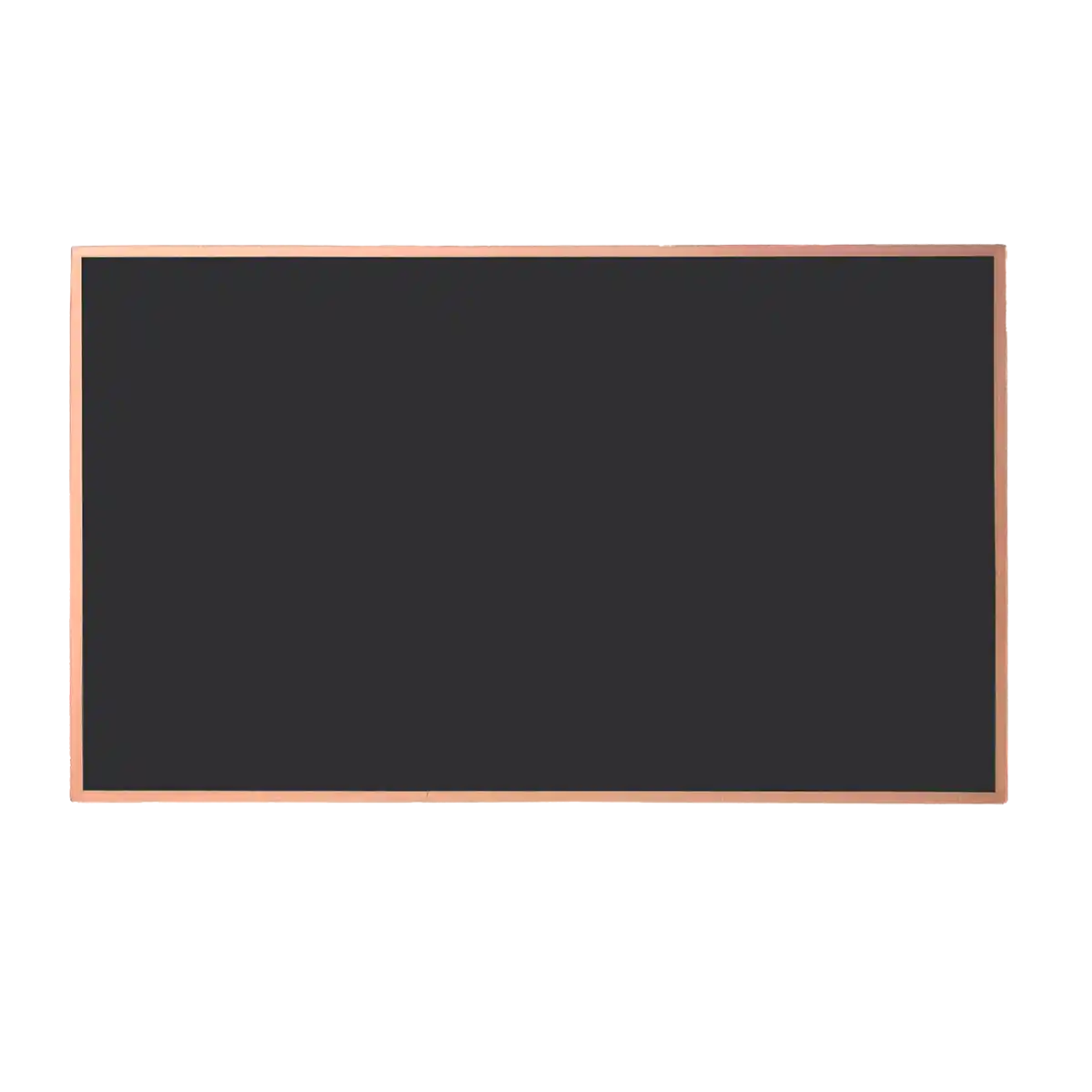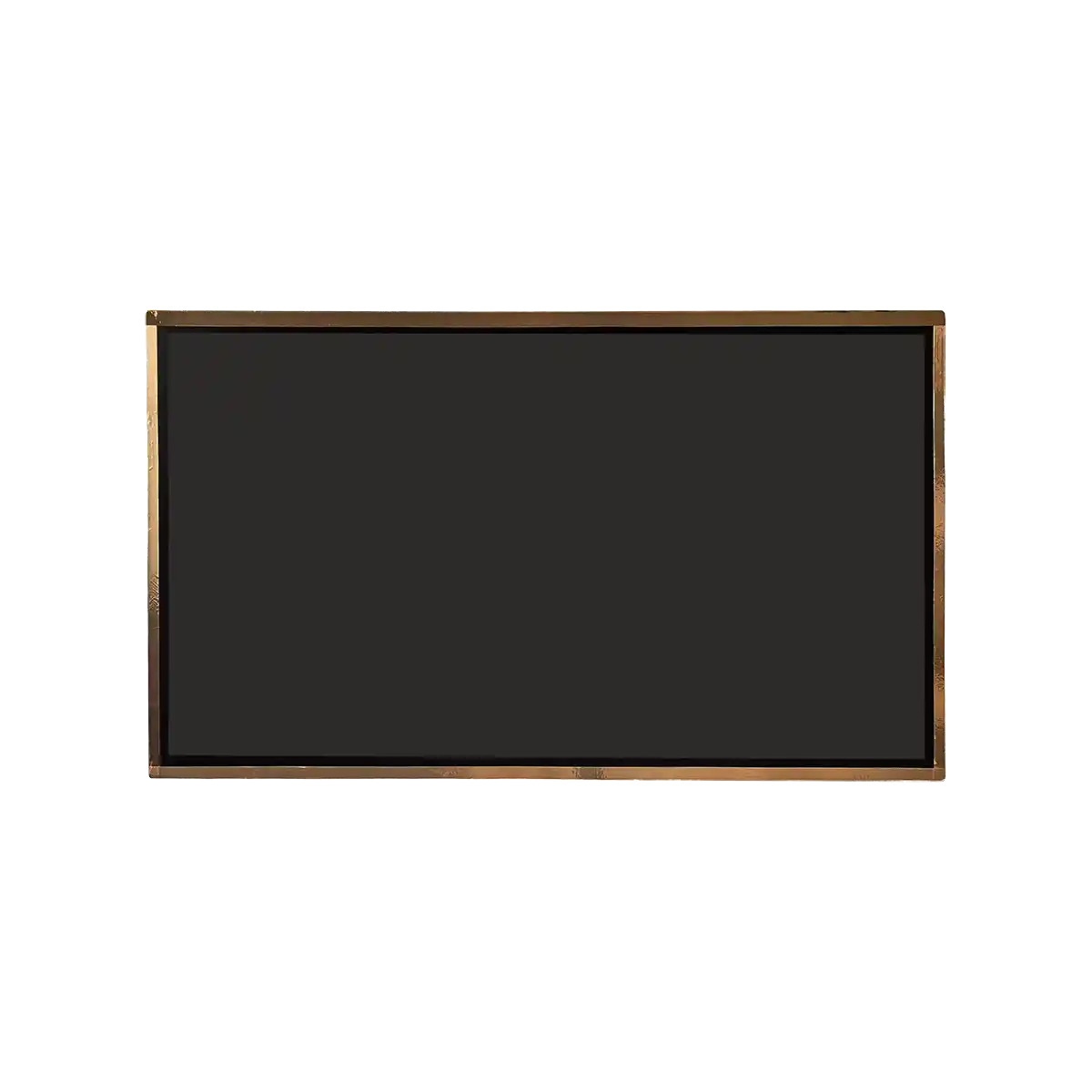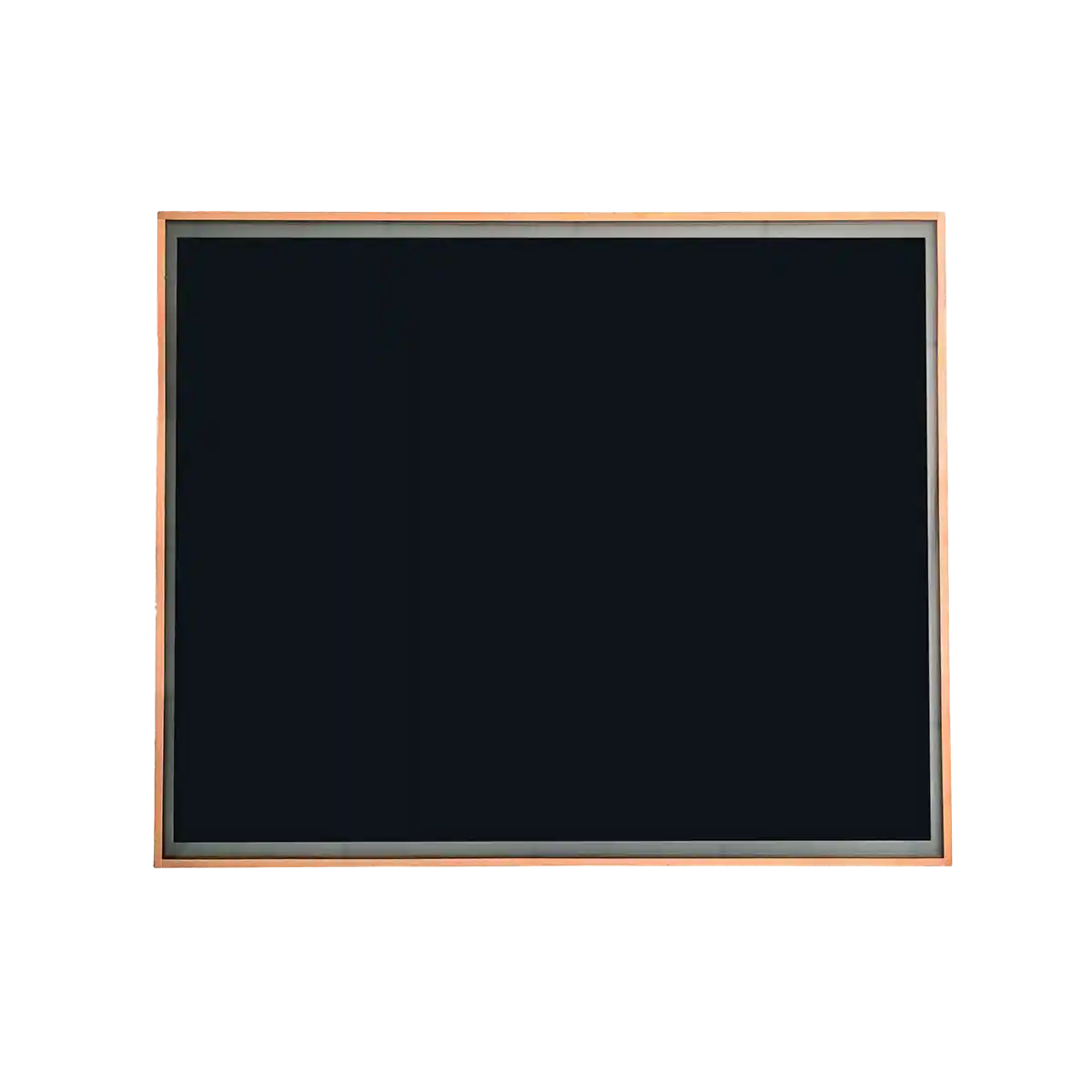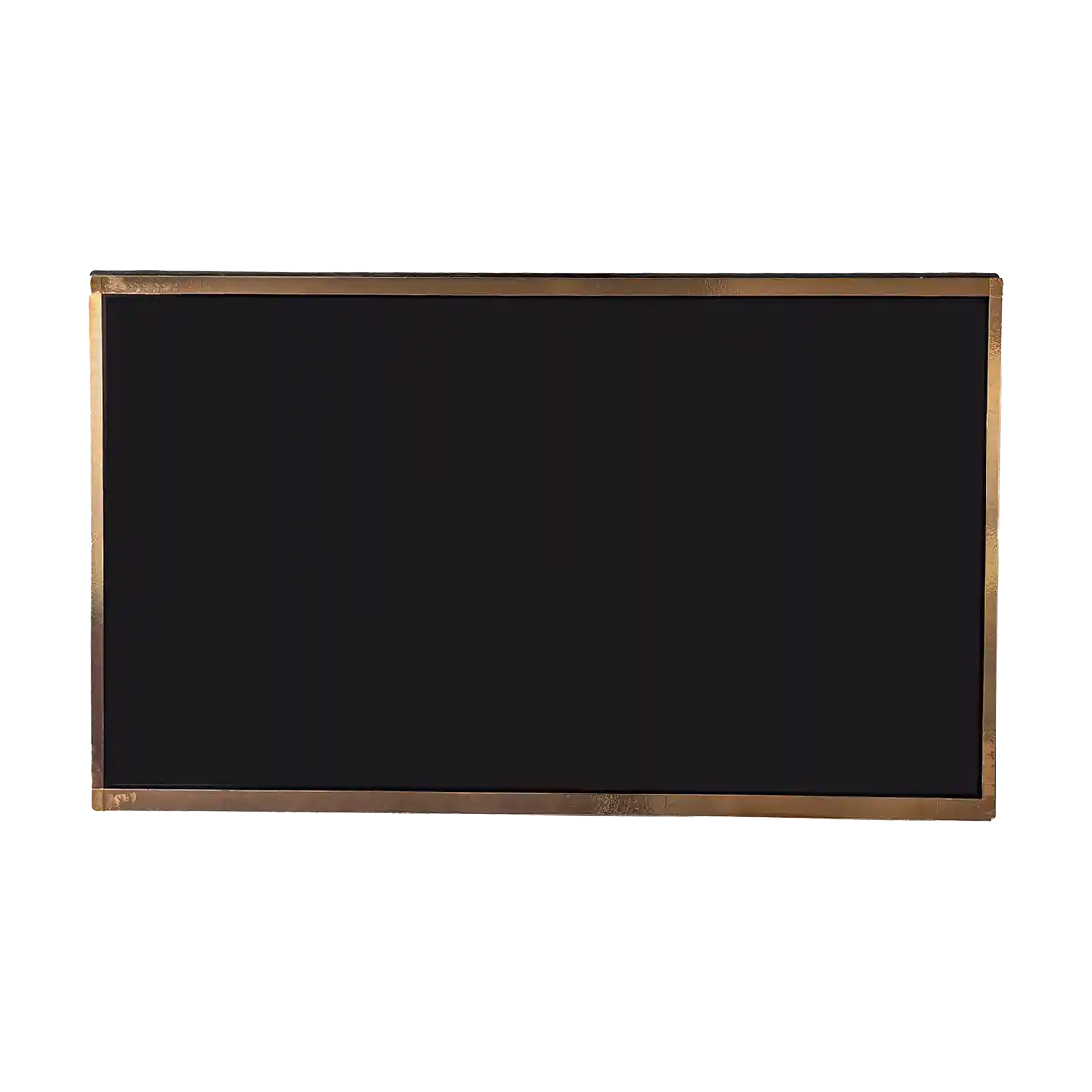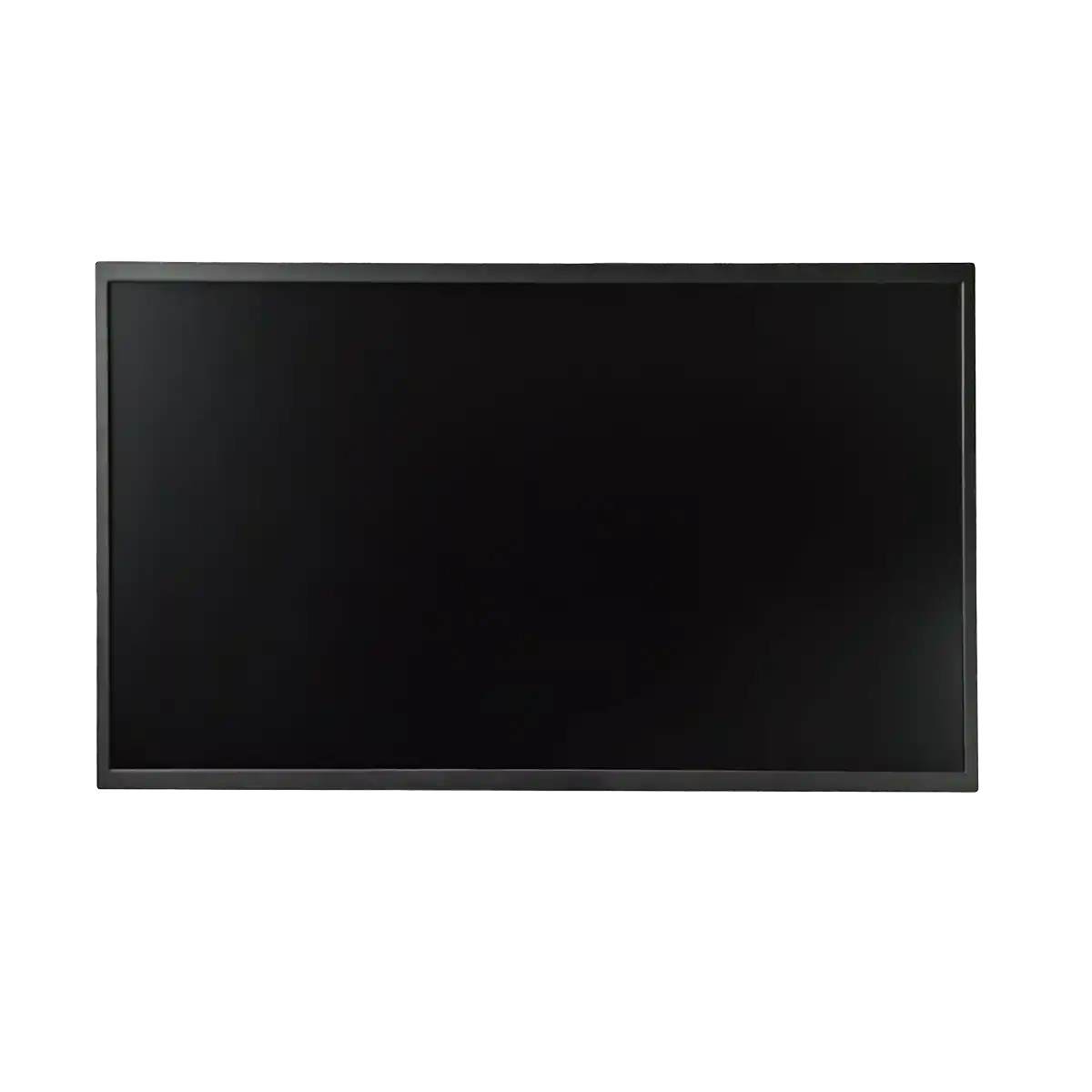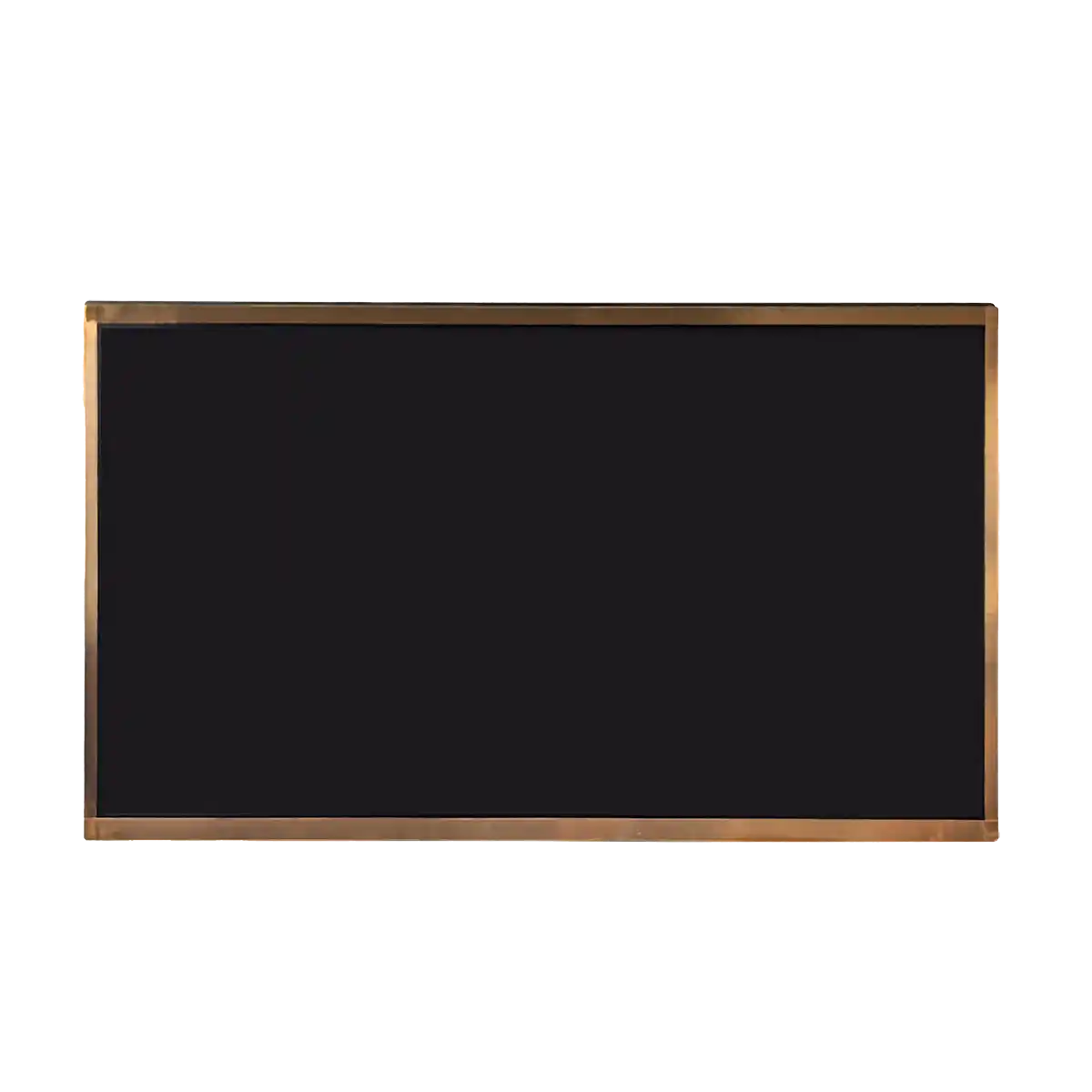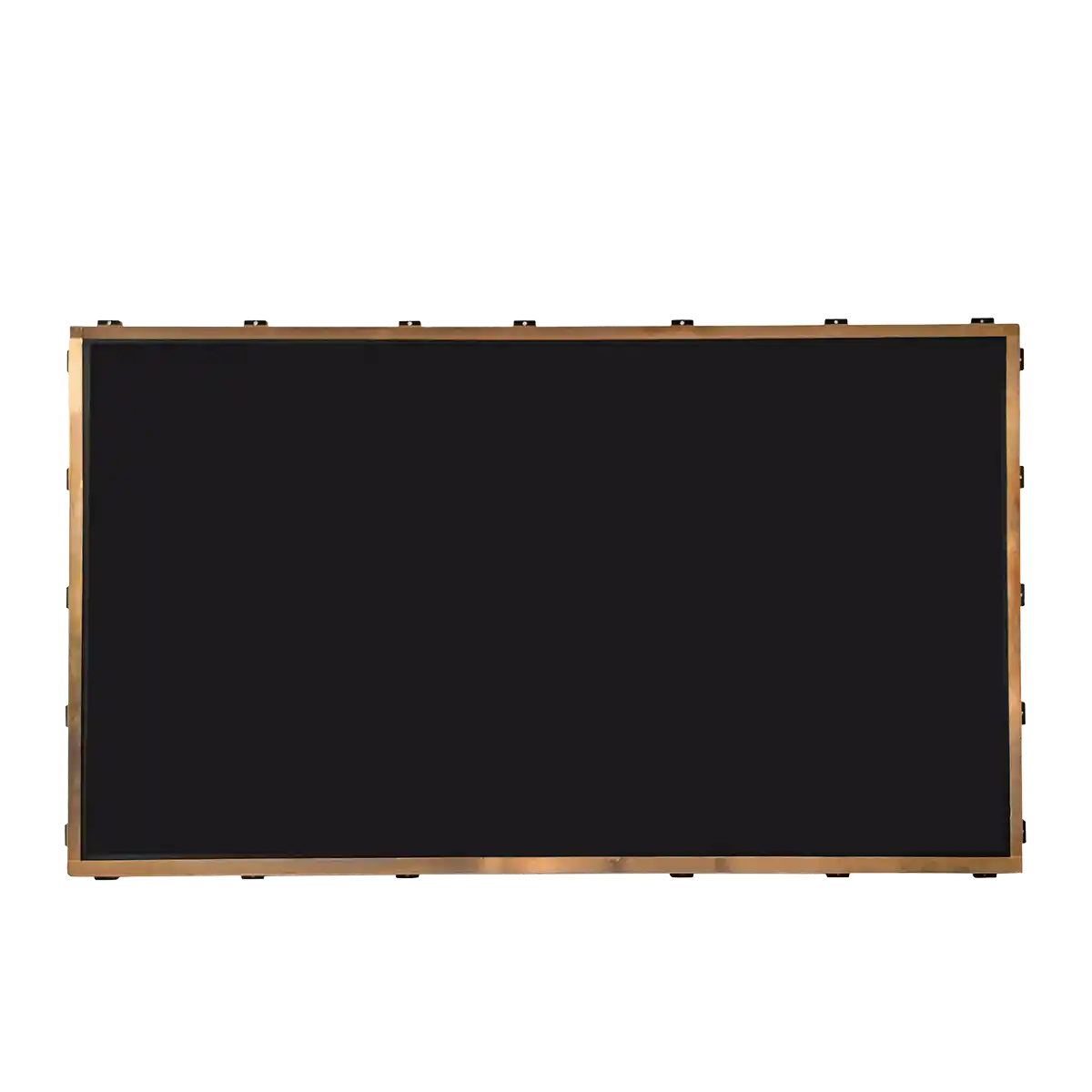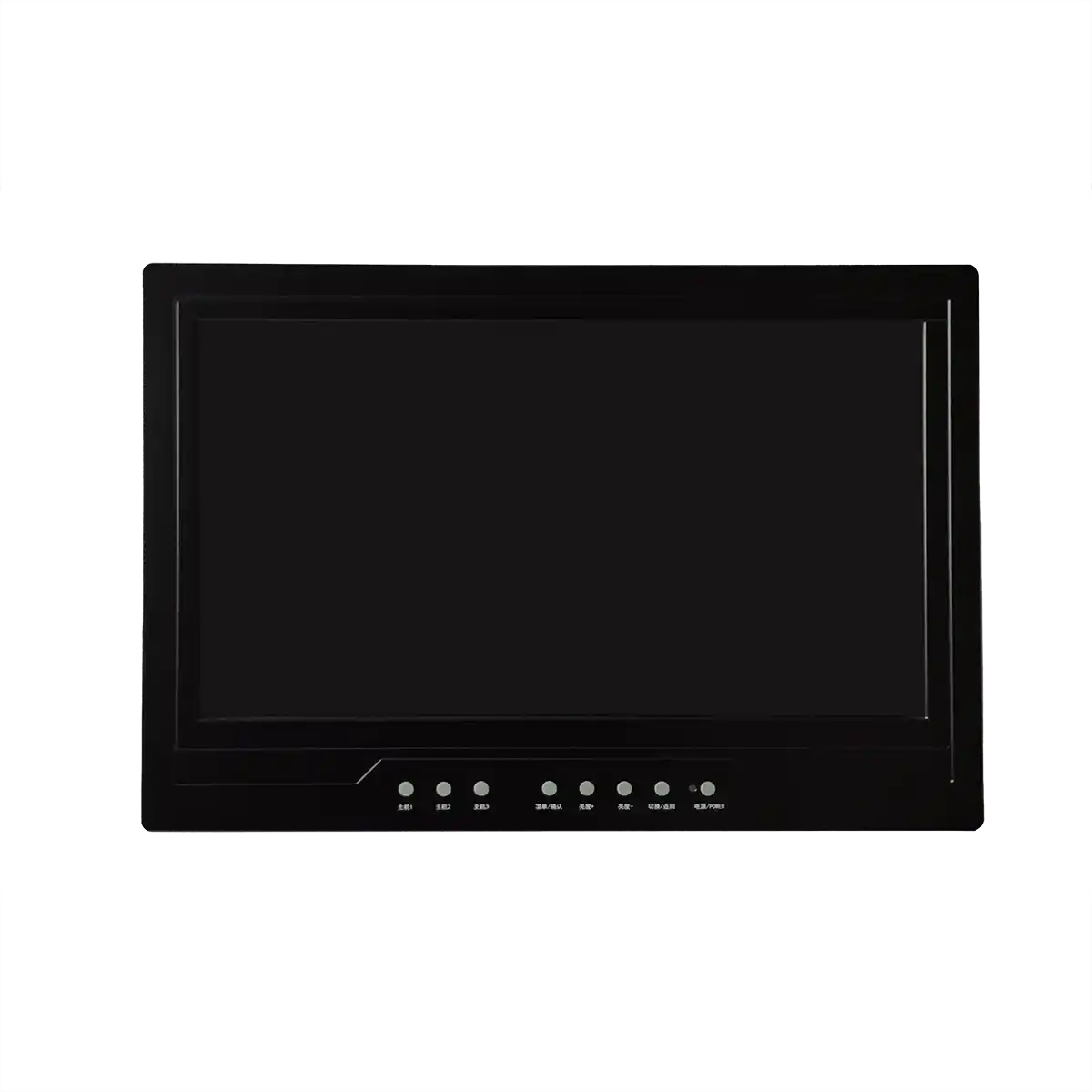Sunlight Readability in Industrial LCDs
Introduction:
In the realm of industrial applications, the reliability and visibility of display screens are paramount. Industrial LCD screens, or Liquid Crystal Displays, are ubiquitous in various sectors due to their versatility and durability. However, one of the most significant challenges faced by these screens is their readability under direct sunlight. Sunlight readability is a critical feature that ensures that the information displayed on the screen is accessible and clear, even in the most demanding environmental conditions. This article delves into the intricacies of sunlight readability in industrial LCDs, exploring the technological advancements that have been made to enhance visibility and the underlying principles that govern this phenomenon.
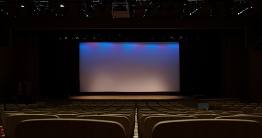
Body:
Industrial LCD screens are composed of liquid crystals, which are sandwiched between two layers of glass or plastic. These crystals can be manipulated to control the passage of light, creating the images and text that we see on the screen. The primary components of an LCD screen include the backlight, the liquid crystal layer, and the polarizing filters. The backlight is a crucial element for visibility, as it provides the illumination necessary for the display to be seen.
1. Backlight Technology: The backlight is typically made up of LEDs (Light Emitting Diodes) or CCFLs (Cold Cathode Fluorescent Lamps). LEDs are preferred in industrial settings due to their energy efficiency, long lifespan, and ability to provide a more uniform light distribution. The intensity of the backlight is a key factor in sunlight readability. A higher intensity backlight can counteract the glare from sunlight, making the screen more readable.
2. Polarizing Filters: These filters are used to control the direction of light waves passing through the LCD. They ensure that only the light waves aligned with the filter's orientation can pass through. This polarization helps in enhancing the contrast and clarity of the displayed image, which is essential for readability under bright light conditions.
3. Anti-Reflective Coatings: To further improve sunlight readability, industrial LCDs often feature anti-reflective coatings. These coatings reduce the reflection of ambient light, which can cause glare and wash out the image. By minimizing reflections, the display becomes more visible and easier to read, even in direct sunlight.
4. Optical Bonding: This process involves the application of a transparent adhesive between the glass or plastic layers and the liquid crystal layer. Optical bonding eliminates air gaps, which can cause light scattering and reflections. This results in a clearer and more vivid display, enhancing readability in bright conditions.
5. High Brightness Modes: Some industrial LCDs offer high brightness modes that can be manually activated to increase the screen's luminance. This feature is particularly useful in situations where the ambient light is very bright, such as in direct sunlight.
Conclusion:
The advancements in backlight technology, polarizing filters, anti-reflective coatings, optical bonding, and high brightness modes have significantly improved the sunlight readability of industrial LCD screens. These innovations ensure that critical information displayed on these screens remains accessible and clear, even in the most challenging lighting conditions. The ongoing research and development in display technology promise even greater improvements in the future, further enhancing the usability and reliability of industrial LCDs in various applications.
Recommended Articles
-
Are the displays in Tesla's Cyb
2024-12-10 -
Interpretation Report on AUO's
2024-12-05 -
ADS Pro: The Future of Display
2024-12-04 -
The Trajectory of South Korea's
2024-12-04 -
Practical Applications of Indus
2024-09-26 -
Hangzhou LEEHON Technology supp
2024-09-14 -
How to Check for Issues in Indu
2024-09-11 -
How does an LCD screen find ind
2024-09-11 -
What is the difference between
2024-09-11 -
In-depth analysis of the develo
2024-09-10

